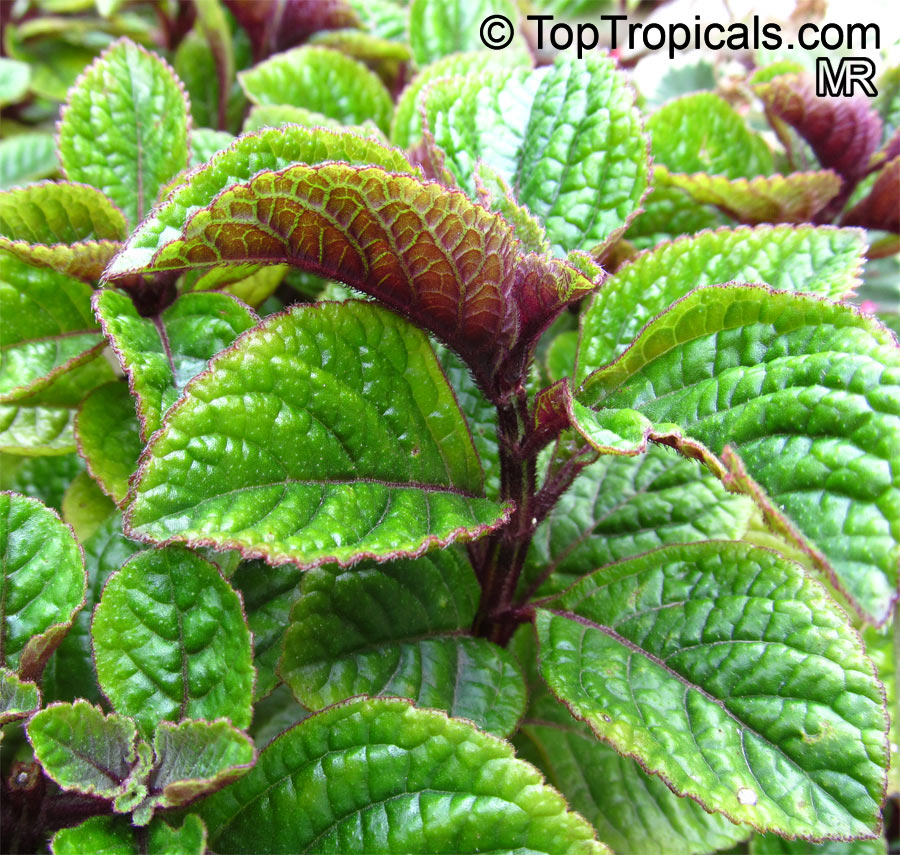To begin with, the galls look like callus outgrowths but then raise fast in measurement and variety.
Symptom development slows drastically underneath 58°F and stops below 50°F. Infection is inhibited above 92°F to 95°F. Latent bacterial infections are symptomless and ordinarily manifest when soils are cool.
Gall signs or symptoms usually build at the infected wound the next year on uncommon occasions galls never show up right up until the third escalating time. Some complications can search like crown gall but are not pathogenic. Aerial burr knot on apple tree trunks and branches is a cushion-like assemblage of adventitious roots its result in is considered to be genetic alternatively than an infectious agent. Small galls need very careful diagnosis due to the fact they may well be baffled with abnormal wound callus. Detection utilizing molecular plantidentify approaches distinct to plasm >Agrobacterium cells are generally prevalent in these same tissues and can achieve large populations. That will make prognosis complicated, in particular in galls on apple, blueberry, and grapevines where non-pathogens can constitute about ninety nine% of the Agrobacterium populace. Disease Administration – Woody Nursery Stock. Pathogen-absolutely free vegetation developed in uninfested soil will not develop crown gall.
- Taking Beginning from Grow Detection
- What exactly plant termed?
- What flowers are fantastic to herb in October?
- Grow Id Assets
- How do you distinguish a plant?
- What floral plant seeds can one place in Mar?
- Place Detection – the indigenous shrub community of northeastern ohio
- Are you ready for 4 types of flowers?
How can you mention plants?
This emphasizes the relevance of planting cleanse propagating product in clean soil. Fantastic sanitation and cultural practices are significant deterrents to crown gall.

Am I Allowed To create a image and Google and yahoo it?
Discard all nursery inventory exhibiting signs or symptoms to avo > before planting them in moist soil. Use irrigation h2o from wells, if achievable. Avo >prevention -avo > at any phase of plant creation. Crown gall is normally a great deal far more commonplace in large soils or in soil the place drinking water stands for a working day or so. In New York, crown gall inc >x Farmingdale pear rootstock collection was extreme (495 of 500 trees contaminated) in a significant, soaked soil, but in the similar field only 1 of 500 trees was galled outside the house the wet area. Cropping history can impact crown gall incidence.
Budded apple trees became badly galled in fields wherever a earlier nursery crop these types of as grape, peach, raspberry, and rose experienced been closely infected. This scenario just isn’t repeated at each and every web page, but we still endorse averting fields with a recent history of crown gall. Reports of resistance in plants typically susceptible to crown gall are confined and depend on the strains of microbes existing in a given location.
There are no trusted lists of cultivars with resistance that hold up in all geographic areas. It is superior to pick vegetation that are not susceptible in the very first position if crown gall is a long-term issue in a unique industry. Using A. radiobacter K84, a organic handle agent, has been very productive in opposition to crown gall on a amount of hosts, but exceptions exist. Pressure K84 produces a toxin from some tumorigenic strains of agrobacteria. This organic command is entirely preventive, not healing software timing is essential to effectively protect plant wounds prompted at harvest or by pruning.
Htay and Kerr advocate seed and root procedure with K84 for finest results. Not all strains of tumorigenic agrobacteria are delicate to K84. For case in point, most agrobacteria isolated from grape tumors are A. vitis , which are insensitive to K84. If K84 has been used thoroughly and galling persists, its use should really be discontinued considering that it is very likely the bacteria existing are not delicate to the solution. An improved, genetically engineered pressure of K84 identified as K1026 is readily available.
Its use is preferable, given that the K1026 germs are not capable of transferring to other bacteria the genes that produce the toxin.

Recent Comments